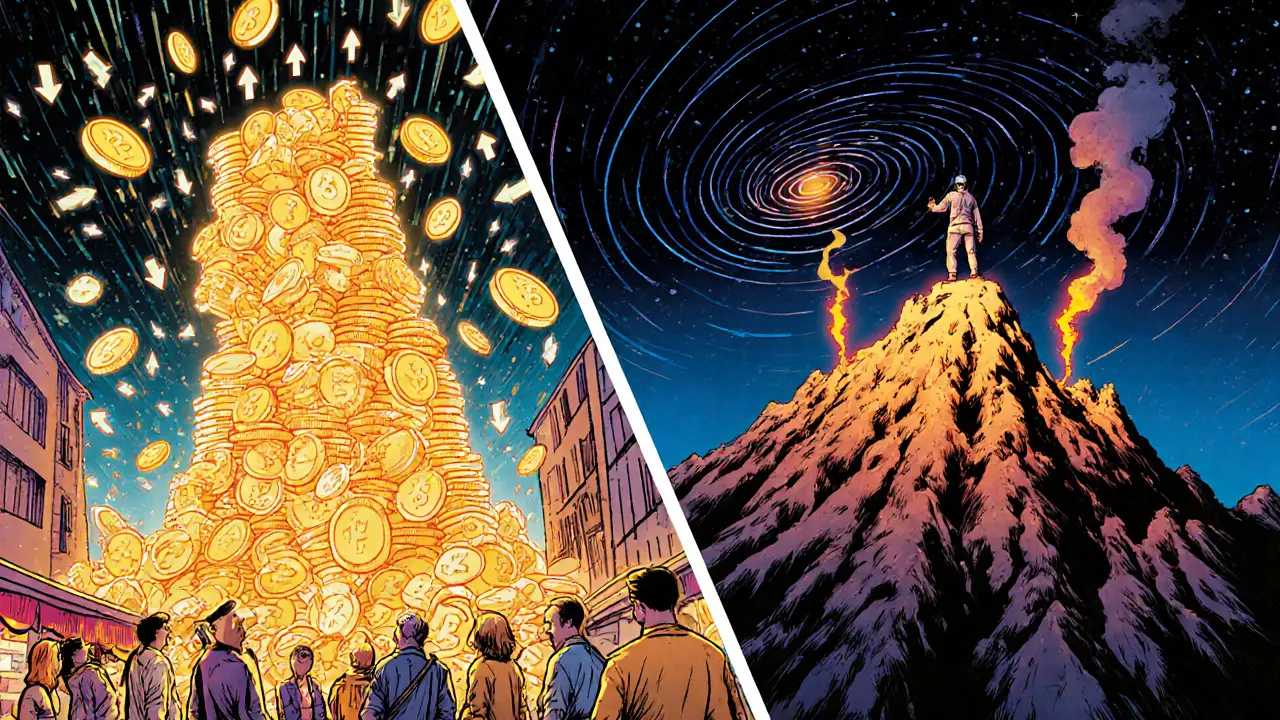Bitcoin Halving: What It Is, Why It Matters, and How It Shapes Crypto Markets
When you hear Bitcoin halving, a scheduled event that cuts the reward for mining new Bitcoin blocks in half. It's not just a technical update—it's a core feature built into Bitcoin’s code to control supply and create scarcity. Every 210,000 blocks, or roughly every four years, miners who verify transactions and secure the network get paid half as many new Bitcoins. The first halving happened in 2012, the second in 2016, the third in 2020, and the next one is expected in 2024. This isn’t random—it’s math. Bitcoin has a fixed cap of 21 million coins, and halvings make sure we reach that limit slowly, predictably, and without central control.
Why does this matter to you? Because Bitcoin supply, the total amount of Bitcoin that exists and will ever exist. It’s one of the few assets with a hard, unchangeable limit—unlike fiat money, which central banks can print endlessly. When the reward drops, fewer new Bitcoins enter circulation. That means demand has to absorb less new supply, which historically pushes prices up over time. Look at the past three halvings: each was followed by a major price surge, sometimes over 12 months later. It’s not guaranteed, but the pattern is strong enough that traders, investors, and even institutional funds plan around it.
And it’s not just about price. crypto mining, the process of validating Bitcoin transactions and adding them to the blockchain. It’s a high-stakes business that runs on electricity, hardware, and profit margins. When the block reward halves, miners’ income drops. Many small operations can’t survive without better efficiency or higher prices. That leads to consolidation—bigger players with cheaper power take over. This makes the network more centralized in terms of mining, but also more secure because fewer, well-funded entities are running the nodes. Meanwhile, block reward, the amount of Bitcoin miners receive for successfully adding a new block to the chain. It started at 50 BTC, dropped to 25, then 12.5, and now sits at 3.125 BTC. After the next halving, it’ll be just 1.5625 BTC per block. That’s why miners are constantly upgrading gear and chasing low-cost energy.
What you’ll find in the posts below isn’t just theory. You’ll see real-world examples of how Bitcoin halving impacts related markets—like how mining hardware companies shift focus, how altcoins react to Bitcoin’s volatility, and how exchanges adjust liquidity around these events. You’ll also find deep dives into past halvings, what actually happened to prices, and how blockchain security held up under pressure. No fluff. No hype. Just facts, data, and patterns that have repeated across cycles. If you’re holding Bitcoin, mining it, or just watching the market, understanding this event isn’t optional—it’s essential.
Inflationary and deflationary tokenomics shape how cryptocurrencies gain or lose value over time. Learn how supply mechanics like Bitcoin halvings and ETH burns impact price, utility, and long-term investment potential.

